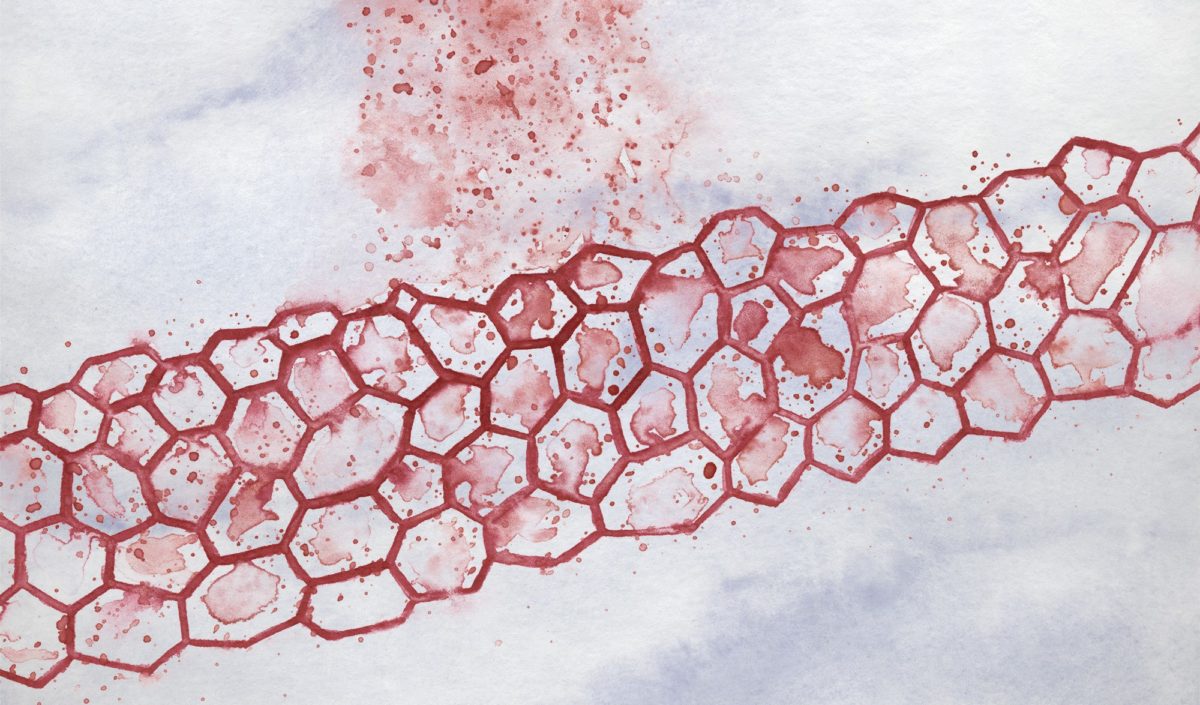Researchers working on 3D photovoltaics at the Amolf institute, in the Netherlands, have modeled an ultra-thin photovoltaic membrane made of silicon which they claim would be able to absorb 65% of sunlight, a percentage that they describe as close to the ultimate theoretical absorption limit of around 70%.
“This is the highest light absorption ever demonstrated in such a thin Si membrane and it is, therefore, likely that flexible, lightweight, and efficient silicon photovoltaic cells will be developed in the near future,” the scientists stated.
The 1μm crystalline silicon membrane was designed with a patterned nanostructure able to redirect the sunlight into a range of angles and trap it in the membrane itself. Different hyper-uniform pattern designs were proposed in order to provide high design flexibility and good optical performance. “Not all nanopattern designs can be easily fabricated in a scalable manner,” the academics specified, adding that the experimental device was designed for the spectral range of 400 to 1,050nm.
Hyper-uniformity is a new methodology used to engineer light scattering and diffraction in a rational manner. Hyper-uniform disordered (Hud) patterns are flexible platforms that control light transport, emission, and absorption.
Popular content
The simulated device was theoretically able to achieve an absorption equivalent photocurrent of 26.3mA/cm2. “The light absorption can potentially be increased up to 33.8mA/cm2 by incorporating a back-reflector and improved anti-reflection, for which we estimate a photovoltaic efficiency above 21% for 1μm-thick Si cells,” the scientists affirmed. “This means that thin Si cells with high efficiency could also be made from lower grade silicon, thereby reducing the energy needs for raw Si purification and reducing their energy pay-back time.”
The proposed approach is introduced in the paper “Over 65% Sunlight Absorption in a 1 μm Si Slab with Hyperuniform Texture,” published in ACS Publications. The research group also comprises scientists from Surrey University and Imperial College, in the United Kingdom.
This content is protected by copyright and may not be reused. If you want to cooperate with us and would like to reuse some of our content, please contact: editors@pv-magazine.com.



Nice topic